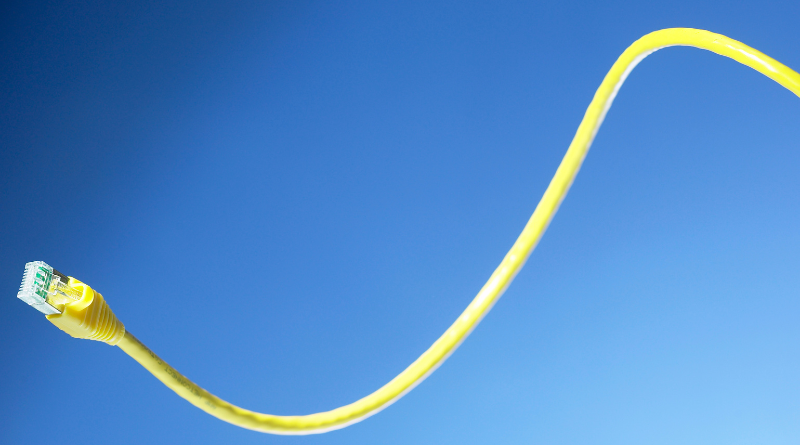Ethernet is a type of computer network cable that is most commonly used in homes and small businesses. It is also used to connect devices to the internet. For your computer to connect to the internet, it needs fiber to ethernet converter. In this blog post, we will explore how fiber is converted into Ethernet and the different steps involved in the process. From fiber optic cables to networking hardware, read on to learn more about how this type of cable is made.
What is fiber optics?
Fiber optics is the technology of transmitting light through thin, transparent fibers. It has various applications, from medical imaging to long-distance telecommunications.
Fiber optic cables are made of thin glass or plastic fibers arranged in a bundle. They are used to transmit light signals over long distances. The light signals can carry information, such as data from the internet or phone conversations.
Fiber optic cables are much thinner than metal wires and can carry much more information than copper wires. They are also immune to electromagnetic interference, making them ideal for transmitting data over long distances.
What is Ethernet?
Ethernet is a low-cost, high-speed computer networking technology. It uses a special cable and connectors that transmit data at up to 10 million bits per second (Mbps). Ethernet is the most common network used in small businesses and homes.
How do you convert fiber to Ethernet?
There are a few different ways that you can convert fiber to Ethernet. One way is to use a fiber media converter. This will take the optical signal from the fiber and convert it into an electrical signal that Ethernet devices can use. Another way is to use a router with built-in fiber ports. This will allow you to connect your fiber optic cable directly to the router, which will convert the signal. Finally, you can also use a switch with built-in fiber ports. This will allow you to connect your fiber optic cable directly to the switch, which will convert the signal.
What are the benefits of converting fiber to Ethernet?
There are many benefits of converting fiber to Ethernet, including:
-Increased speed and bandwidth: Fiber offers much higher speeds and bandwidth than copper, so converting to Ethernet can significantly improve your network’s performance.
-Lower costs: In many cases, fiber is cheaper to install and maintain than copper.
-Greater distance: Fiber cables span much greater distances than copper, making them ideal for large or distributed networks.
-Improved security: Fiber is much harder to tap into than copper, so it can help keep your data safe from eavesdroppers.
Are there any drawbacks to converting fiber to Ethernet?
Yes, there are some drawbacks to converting fiber to Ethernet. One of the biggest drawbacks is that it can be expensive. The equipment needed to do the conversion can be costly, and you may need to hire someone with experience to do the job if you’re not comfortable doing it yourself. Additionally, converting fiber to Ethernet can be time-consuming, so it’s important to ensure you have the time and patience to complete the project before starting.
Conclusion
Converting fiber to Ethernet is not a difficult process, but it requires specific equipment. You can easily convert your fiber optic cable into an Ethernet connection with the proper tools and a little know-how. If you’re unsure where to start, our guide on How to Convert Fiber to Ethernet can help you get started.
Read More: 5 Amazing Technologies by Google









































